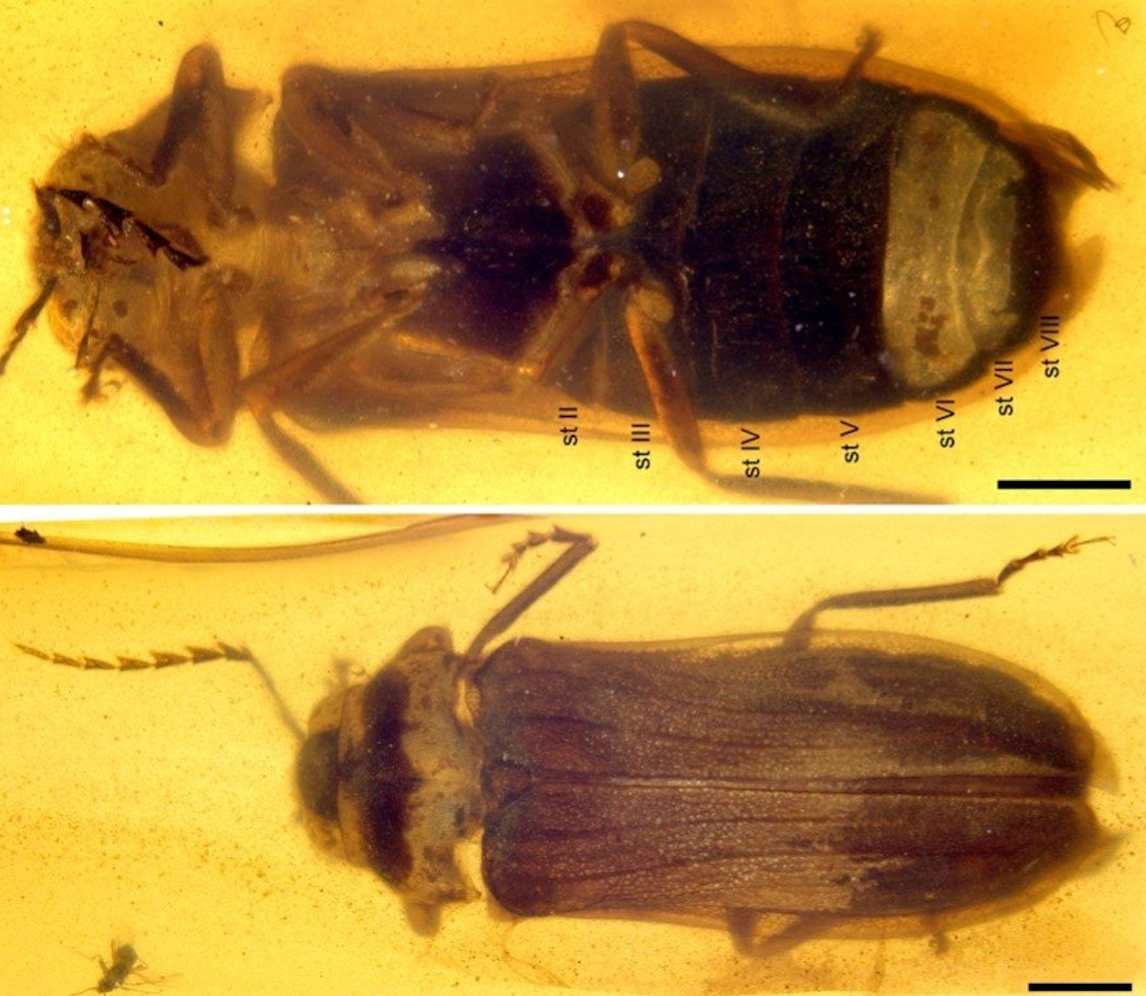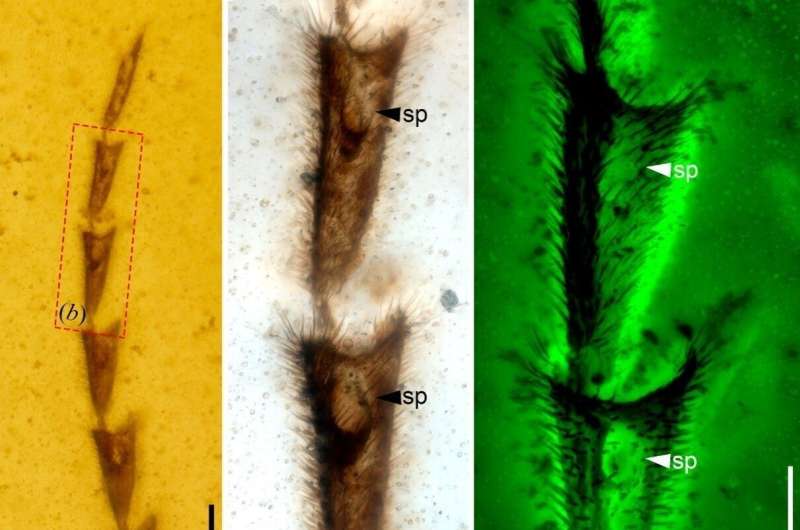Fossil firefly trapped in Myanmar amber reveals mysterious origins of glowing insects
Firefly from nearly 100 million years ago represents transitional stage in evolution of its species
Your support helps us to tell the story
From reproductive rights to climate change to Big Tech, The Independent is on the ground when the story is developing. Whether it's investigating the financials of Elon Musk's pro-Trump PAC or producing our latest documentary, 'The A Word', which shines a light on the American women fighting for reproductive rights, we know how important it is to parse out the facts from the messaging.
At such a critical moment in US history, we need reporters on the ground. Your donation allows us to keep sending journalists to speak to both sides of the story.
The Independent is trusted by Americans across the entire political spectrum. And unlike many other quality news outlets, we choose not to lock Americans out of our reporting and analysis with paywalls. We believe quality journalism should be available to everyone, paid for by those who can afford it.
Your support makes all the difference.A strange fossil firefly found trapped in amber in Myanmar is shedding new light on the origin of glowing insects, scientists say.
Several deepsea fish, mushrooms and insects are capable of emitting light in a phenomenon called bioluminescence. In today’s world, most bioluminescent organisms belong to the order Coleoptera, particularly the larger Elateroidea family that includes fireflies, click beetles and their relatives.
Most insects of this species have soft bodies, though, making it hard to find fossils and trace the origin of the bioluminescence.

The early evolution of bioluminescence in fireflies is therefore mostly unknown, researchers at the Chinese Academy of Sciences say.
Firefly fossils are particularly rare, with a solitary example reported previously dated to the Mesozoic era of the dinosaurs 252 to 66 million years ago.
The Burmese amber containing the fossil firefly from about 145 and 65 million years ago, representing a transitional stage in the evolution of its species, was only found in 2021.
The Chinese Academy of Sciences researchers say the fossil insect represents a new genus and species called Flammarionella hehaikuni.
A distinguishing feature are oval-shaped sensory receptors. The researchers say the ancient firefly likely had special organs for sensing smell as well.
The organ emitting light near the tip of its abdomen closely resembled that of the modern firefly.
“The light organ near the abdominal apex of Flammarionella resembles that found in extant light-producing lucioline fireflies,” researchers say.

This is in contrast to the light organs of other beetle species belonging to the cretophengodes group.
The study confirms that the features that enabled fireflies to grow have remained evolutionarily stable. “Growing fossil record of lampyrids provides direct evidence that the stunning light displays of fireflies were already established by the late Mesozoic,” the scientists say.
The findings also show that even during the time of the dinosaurs there were diverse types of light organs among insects.
Researchers hope future fossil discoveries can further illuminate the evolution and mechanisms behind the origin of insect bioluminescence.

Join our commenting forum
Join thought-provoking conversations, follow other Independent readers and see their replies
Comments